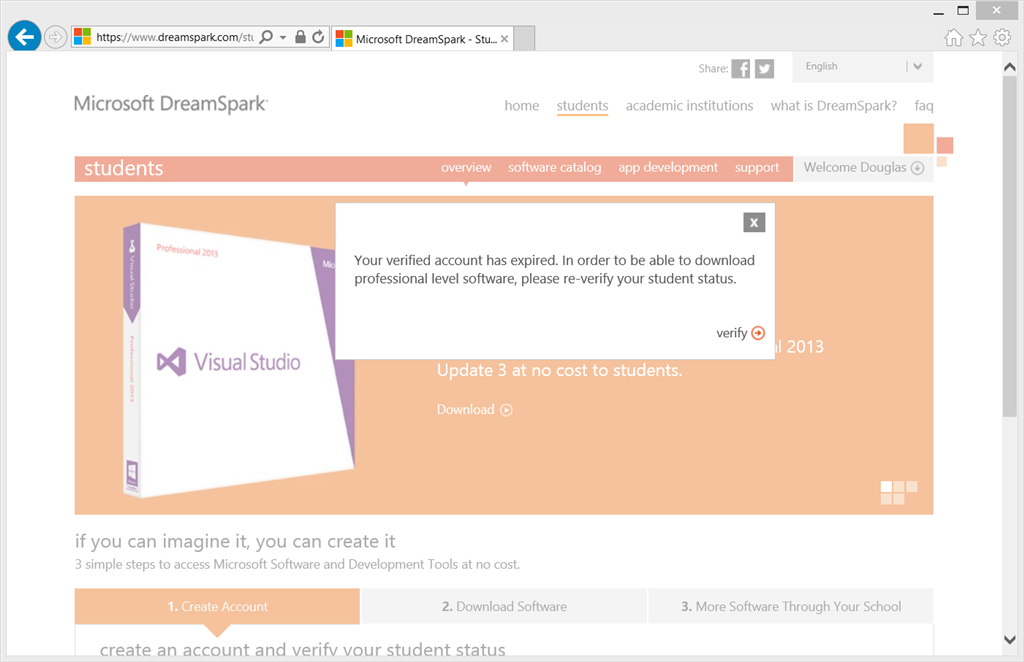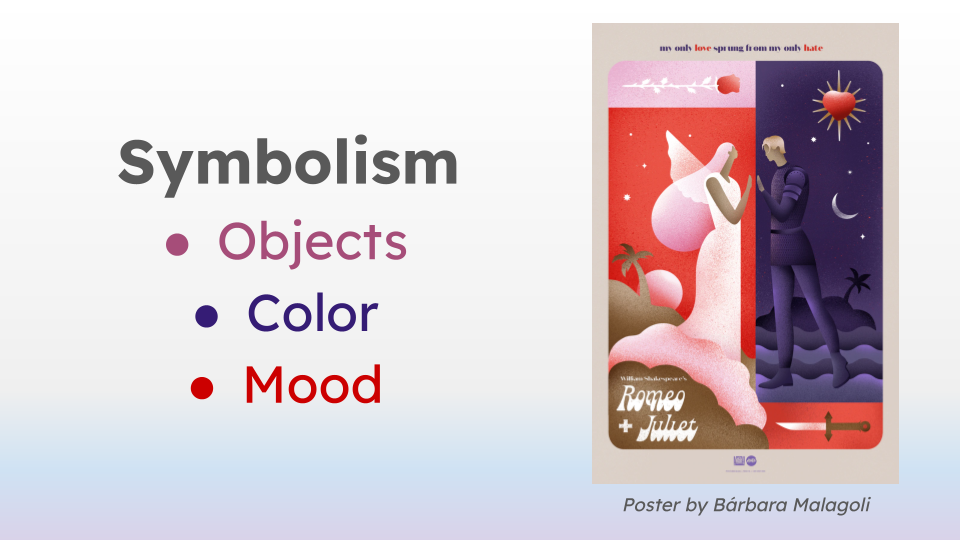Two Ethical Dilemmas of EdTech
What unintended effects will our technology choices have on the well-being of learners well into the future? Awareness of these dilemmas will help students become knowledgeable regarding their digital decisions.

Anyone existing at the intersection of education and technology faces new challenges at a steady pace. Immediate issues, at the surface, consist of understanding new platforms, double-checking that hardware is compatible, and exploring methods of infusing tech with pedagogy. However, every decision technology coaches, administrators, and educators make can also have profound ethical consequences - particularly for students. What unintended effects will our technology choices have on the well-being of learners well into the future? Awareness of these dilemmas will help students become knowledgeable regarding their digital decisions.
Subliminal Brand Loyalty
As teachers, we choose the software and hardware that will most help us reach educational goals, build engagement, and/or promote creativity. Financial factors also play into these decisions - maybe a free platform is the only option available to us. Some districts have miles of red tape that severely limit the available platforms. Still, these choices may not just affect the actions of students during their school careers - we may be building brand loyalty that will affect their future choices, and eventually, force them to dole out money to the companies that we selected years earlier.

Many websites offer "freemium" models, allowing open access but placing some content behind a paywall. Conveniently, many of these websites offer education accounts for teachers and students that give premium access free of charge. These education accounts may be the result of genuine altruism. The Canva Terms of Use states that "As a way to give back to all the schools that taught and nurtured us, Canva offers Canva for Education for free to teachers and students globally" (as of 1/1/23). Conversely, this could merely be an extended free trial: a customer acquisition model. No matter the intention behind these free accounts, the reality is that students will have to pay for premium memberships after graduating if they want to continue using the product. By approaching this problem ethically, we can create a fair playing field for students to make their own decisions.
Teachers, particularly of grades close to graduation, should discuss this conundrum within the classroom and bring up alternatives that could serve soon-graduates down the line. Additionally, when using classroom platforms, emphasize transferrable skills that aren't platform-dependent so learners can have more control over the tools they select.
All Property Is My Property
With a single keyword, a flood of images, videos, and text on any topic can fill a computer screen. With a few more clicks, that content can be plopped into a presentation, document, or interactive project. This is quite convenient, particularly when hastily wrapping up an assignment or preparing to give a lesson on Monday morning. We all know that sources should be cited and that in the corporate world copyright infringement can lead to lawsuits. However, if copywritten material is used within the classroom, it probably falls under fair use and nobody else will see it, so who cares, right? Wrong.
Children and teens learn by example. Respecting intellectual property online is one of the most valuable skills that can be taught in this day and age - ISTE Student Standard 1.2.c states:
Students demonstrate an understanding of and respect for the rights and obligations of using and sharing intellectual property.
There is a multitude of engaging lessons that zero in on this aspect of digital citizenship, but I would argue the first and most profound we can take towards emphasizing this concept is by modeling it ourselves in the classroom. Sure, emphasize that the Explore Tool in Google Slides can insert images linked to the source, or that Flaticon offers royalty-free icon images for use in non-commercial products - after, use these methods yourself in your presentations and documents.

As an administrator or coach, keeping these practices consistent in the material presented to staff shows a commitment to intellectual property throughout the entire district/school community. Methods of incorporating sources include direct credits, hyperlinks, speaker note citations, and supplemental source lists provided by request.
Whims & Consequences
New technology tends to be shiny and fast-moving. An emphasis on "early adopters" has made a usage race upon the introduction of new technology the norm - a new app hits the Internet and techies scramble to test it in the classroom. This can be a joyful, positive experience for both teachers and students, but the consequences down the line must be considered. What effect will this implementation have on learners? Will habits be built off this tool? Am I following previous standards I've set? It's impossible to know these long-term effects, and we may never be able to see them, but considering the short and long-term will maximize our impact and minimize unpredictable ethical predicaments.

